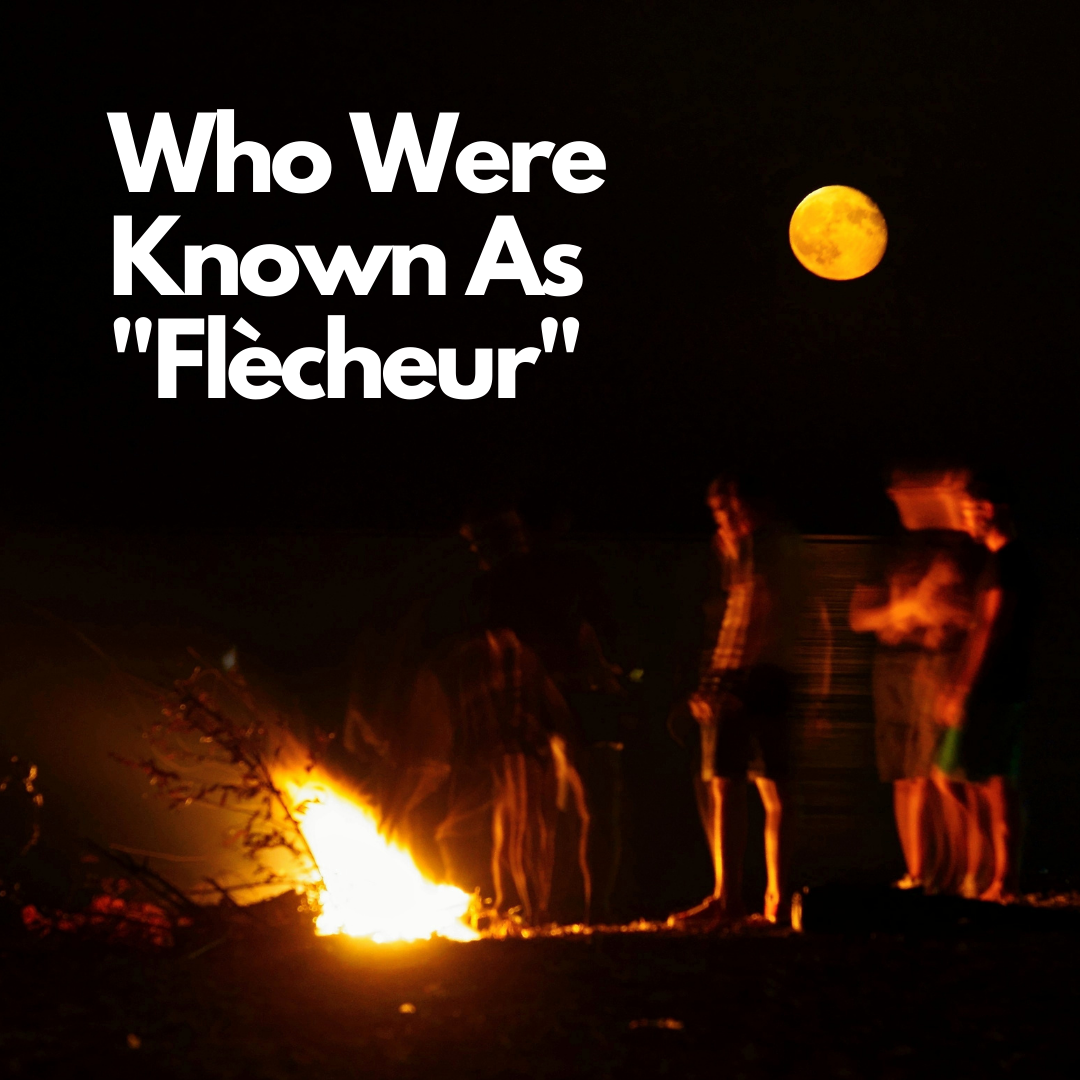The Métis had a term for someone who told stories and outlandish tales. It was "Flècheur." And while some might see this as a derogatory term, in many ways it represented the highest form of compliment.
For the Métis, storytellers were essential to the community. They provided entertainment, but also passing on vital information and history. In a world where literacy wasn't always commonplace, these storytellers were the keepers of knowledge. Today, we can still learn from these stories. They offer a window into another culture and time, and can teach us valuable lessons about our own humanity.
Métis mythology and folklore is rich with stories of supernatural creatures and characters. From the Kookoush to Kaamoowachik, these myths offer a glimpse into the beliefs and traditions of Métis people. Each creature or character has its own story and purpose, often helping to explain natural phenomena or guiding people in their lives. While some of these myths may be based on fact, others are purely imaginary. Regardless, they offer an intriguing look at Métis culture and how it has evolved over time.
Tradition dictated that Métis stories be read at ceremonies, while men and women worked, in the evenings around campfires and in homes, among other places. Men, for example, would relate stories to one another while puffing on their pipes during social events. The raconteurs were often the center of attention because to their witty tales. Humorous anecdotes and ghost stories were retold to keep spirits up and to celebrate life on long and difficult freighting trips, as well as accounts of previous hunts and adventures. Additionally, women would tell stories while picking berries and maple sugaring, cooking pemmican and fish or beading.
Members of society would gather in a circle and tell the most outlandish tales they could conjure up on chilly winter nights In certain cases, a prize was given to the storyteller who had the best entry. Sometimes a bag is carried about and products are put inside. To the enjoyment of the audience, the storyteller would then have to conjure up a tale based on items from the bag.
The Métis had a term for someone who told tall tales and was known as a "flècheur" for this trait. In English, this is an obscure French slang phrase. The closest is "He who shoots the arrow."
There is no legendary figure more widespread than the Trickster. With their First Nations/French Canadian/Scottish kin, the Metis are well-versed in the art of trickery. Characters such as the Trickster, sometimes known as Hero-Saviors or Hero-Benefactors, are prevalent in popular culture. Coyote-like figures may be found in cultures all throughout the world, from northern Scandinavia to South America. What they do is to poke fun at pomposity; criticize the look of things; and query cultural, social and ethical ideas. They live outside of religion and authority.

